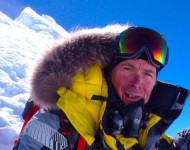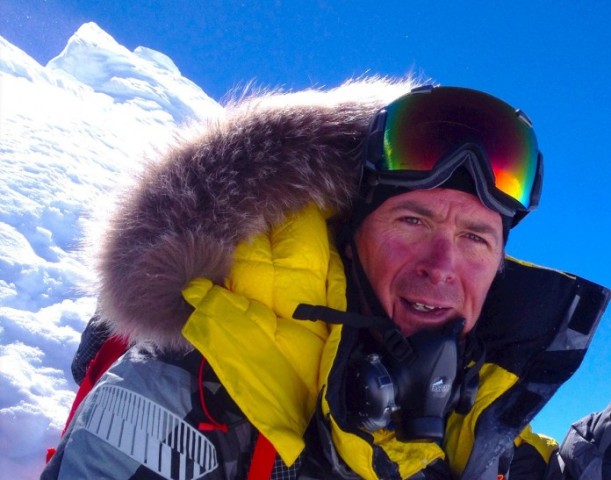Nepal needs tourists – what is open and what is closed for travel and tourism?
eTN is planning a series of reports in cooperation with an inside view by leaders in the travel and tourism industry in Nepal.
Pankaj Pradhananaga is the eTN Ambassador in Nepal and also the Director of Four Seasons Travel in Kathmandu. He is one of several recognized leaders in the travel and tourism industry. He represents the eTN-supported International Coalition of Tourism Partners (ICTP) in Nepal and has been driving to bring local tourism leaders together.
Pankaj’s message to the world: Invite desperately-needed visitors to come back to this country. Tourism is the most sustainable way to help Nepal. Plan your holiday in Nepal in the near future.
He asks: “What is next? How long will it take to bring the tourism industry back on track?”
This is aked by entrepreneurs, tourism professionals, and many more who survived the devastating earthquake of April 25.
Needless to say, Nepal was not prepared to handle such a devastating quake that killed more than 8,000 people and many more thousands got injured. The initial bottleneck was visible in terms of coordinating rescue and relief operations. International media left no stone unturned to paint the gloomy picture of the devastating sites in Kathmandu valley and the remote villages.
Truth be told, in Kathmandu valley, there have been damages to some monuments, a few collapsing completely, but the majority of structures in Patan and Bhaktapur have withstood the earthquake. The monuments in Bhaktapur durbar square are standing tall except the temple of Wutshala. The UNESCO sites of Pashupatinath temple & Boudhanath stupa are unaffected.
Unfortunately Kathmandu Durbar Square is affected the most. The residential buildings in the old part of the cities have been affected, too, especially in Bhaktapur. However, all have not.
The work has already begun to clear the debris of collapsed buildings in the valley.
Thankfully other major tourist destinations like Pokhara, Chitwan, Bandipur, and Lumbini are unaffected by the earthquake.
Many major hotels in Kathmandu are back in business. Mr. Pradhyumna Ghimire, Director of Sales, Hotel Soaltee Crowne Plaza, confirmed that his hotel is fully operational. Some other hotels in the valley temporarily stopped operations to get a structural assessment and repair work done.
The mid-hill of central Nepal has been hit badly with villages and small towns suffering collapse or damage. Relief work is now shifting to these areas and away from the city where things are slowly getting back to normal.
The trekking routes in Annapurna and Everest regions are all okay and operational. As per Mr. Bikram Neupane, National Coordinator of Himalayan Rescue Association (HRA), one can enjoy trekking holidays in these areas.
It doesn’t count for the Langtang region. This part of Nepal was the worst affected, and it will take a minimum of 6 months for treks to operate there.
Needless to say, Nepal’s tourism industry has witnessed unprecedented cancellations posing a great threat to employment and the overall economy of this mountain-locked country.
While there is no rush for people to immediately visit Nepal, there is no reason to discourage visitors either, especially for those wanting to visit in a month or two.
It is highly commendable that friends of Nepal all over the world are helping the country with relief drives. However, the most sustainable way to help Nepal is to go there on a holiday.
Source: www.eturbonews.com





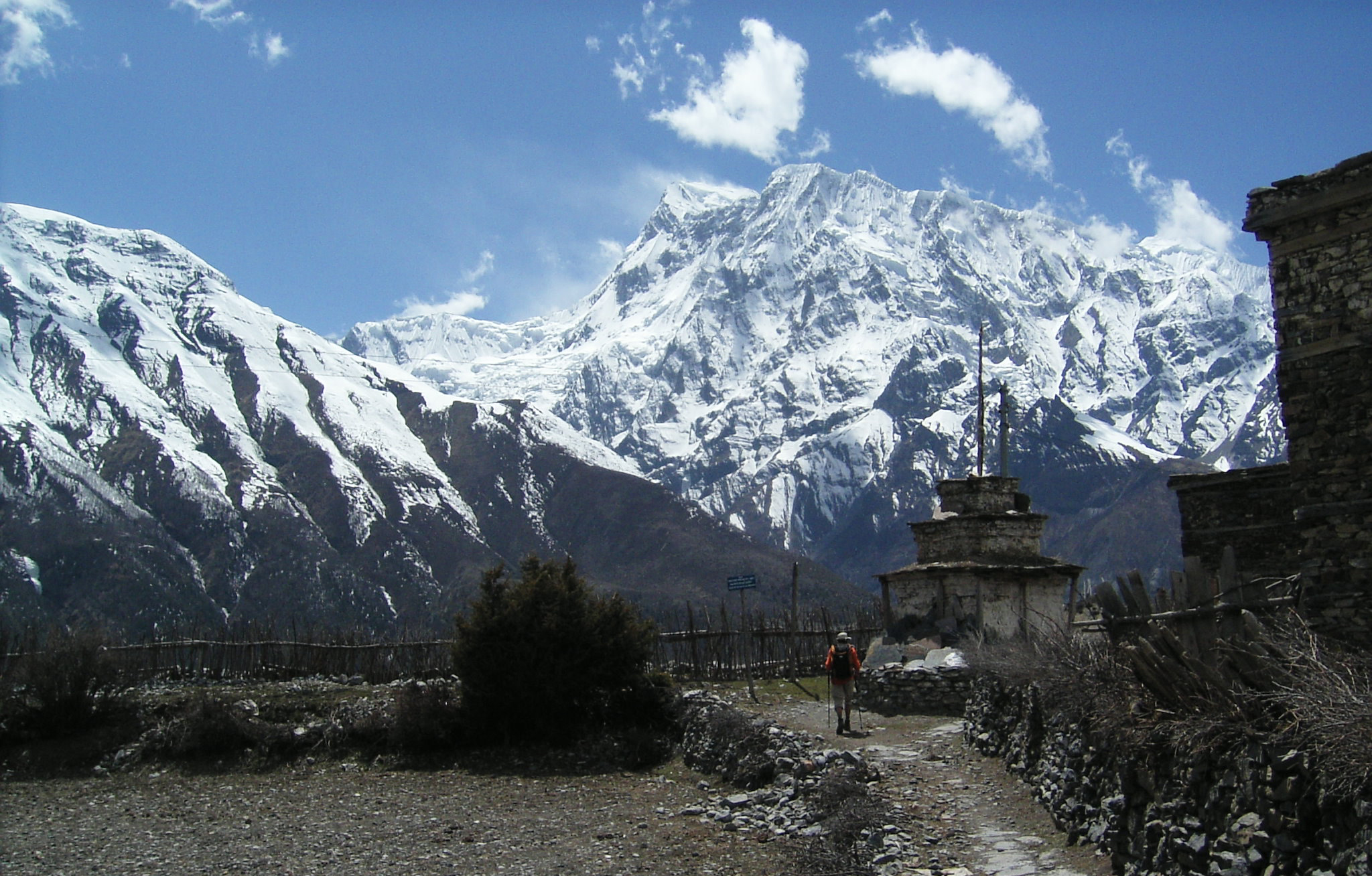
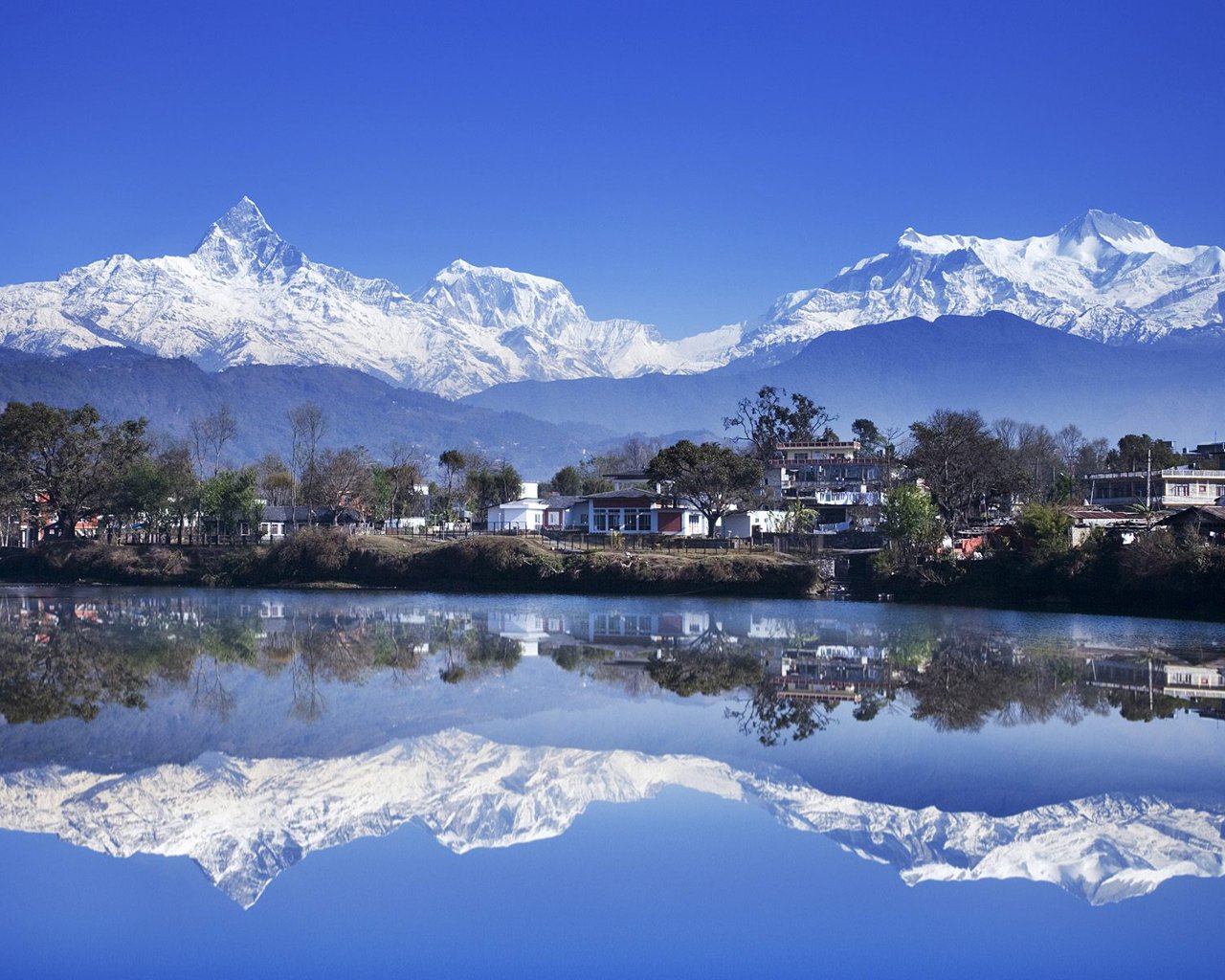
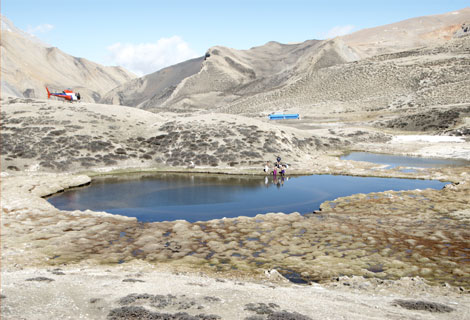
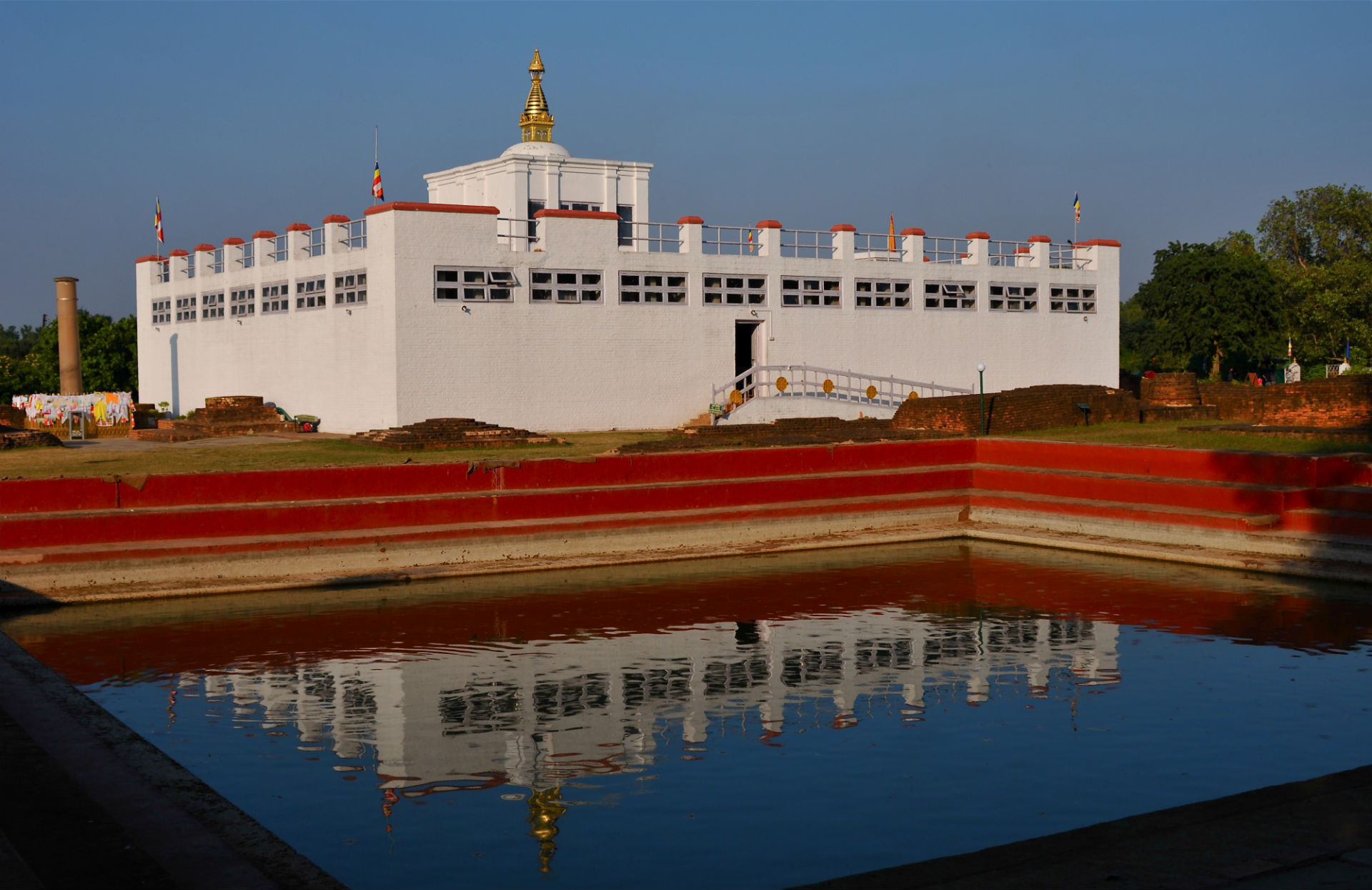

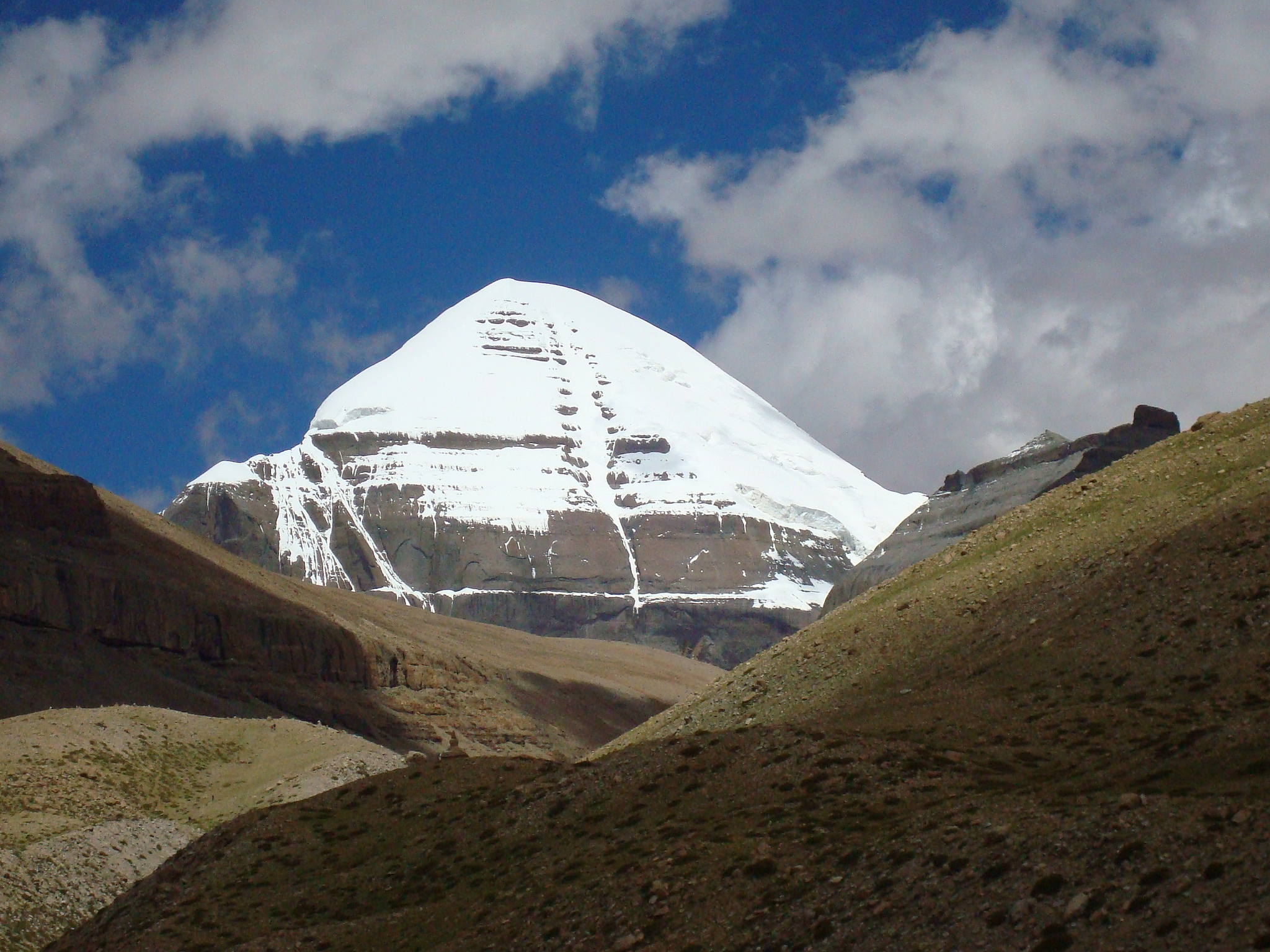
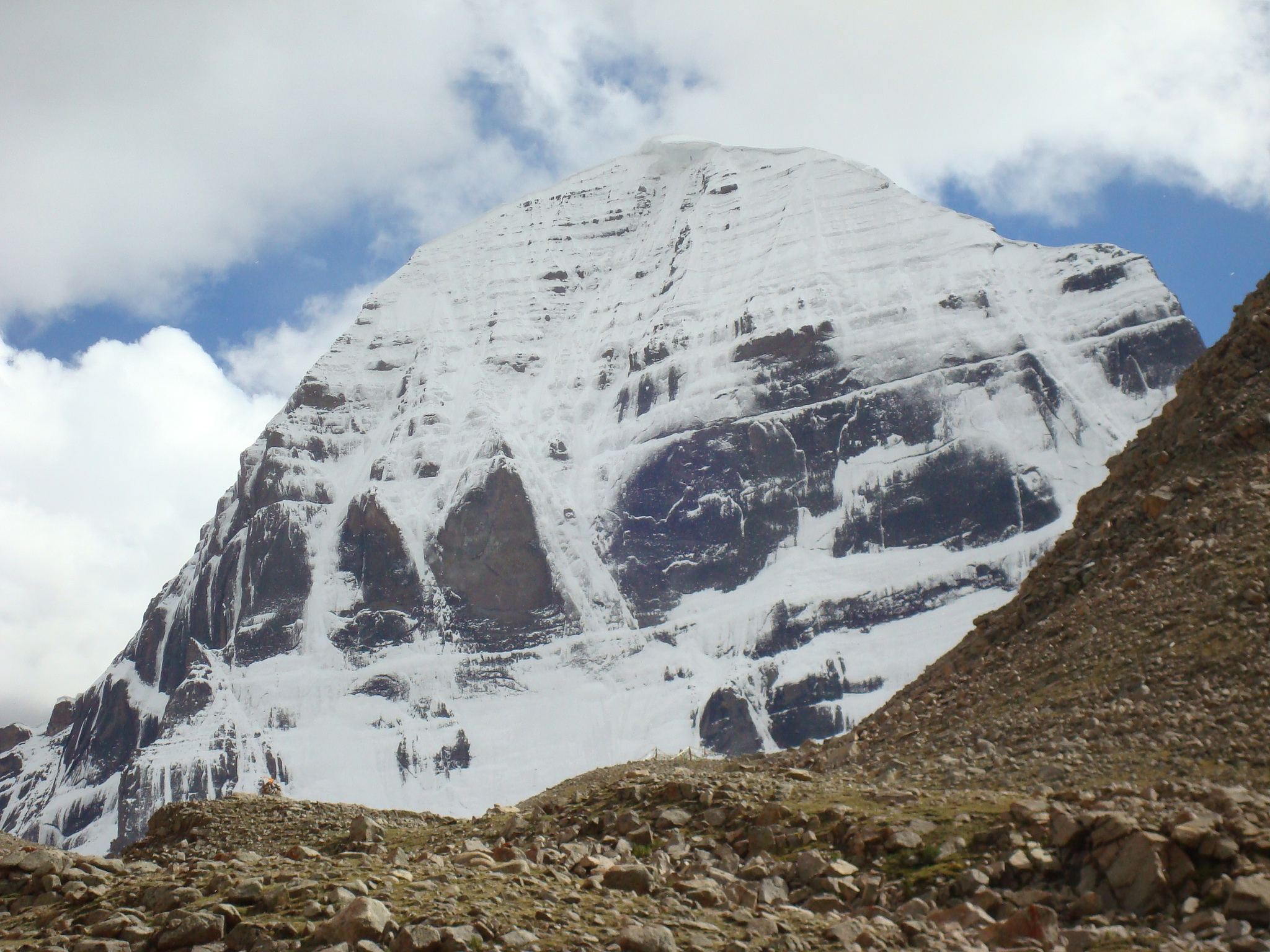
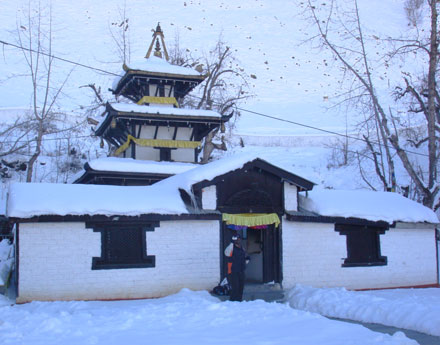
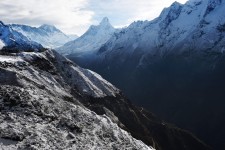

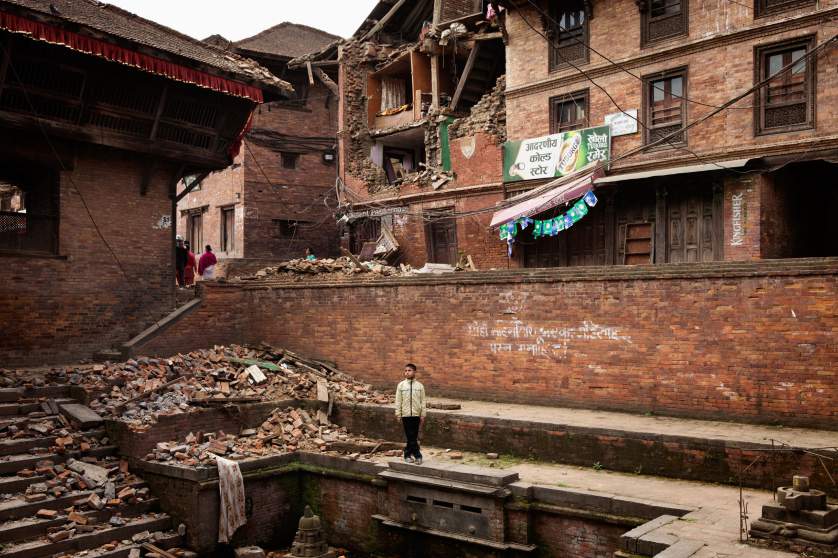
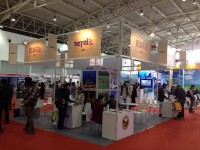
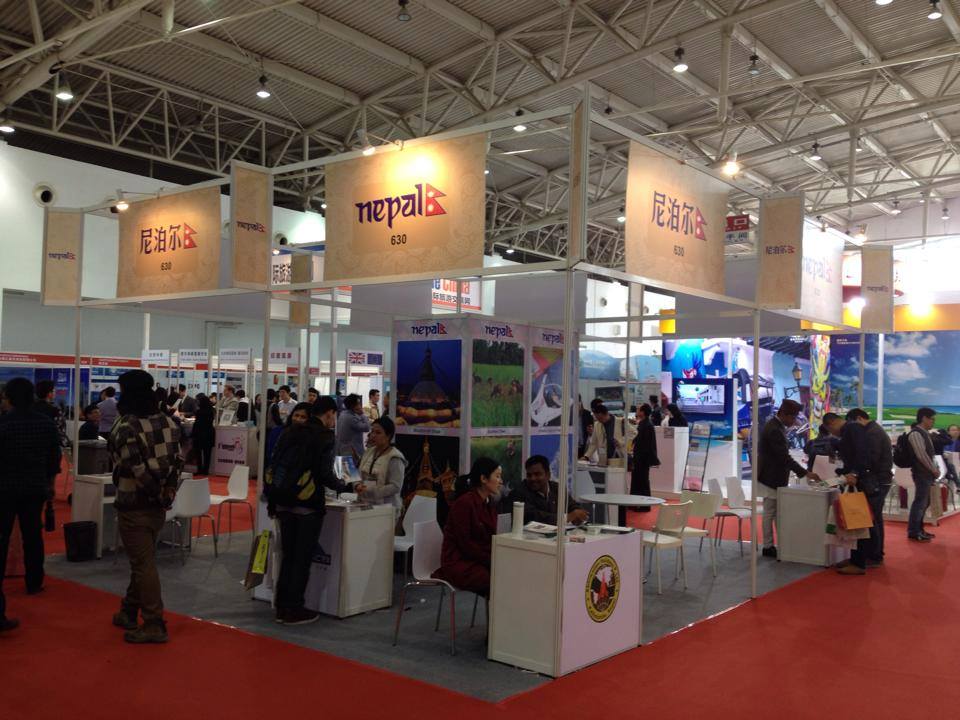

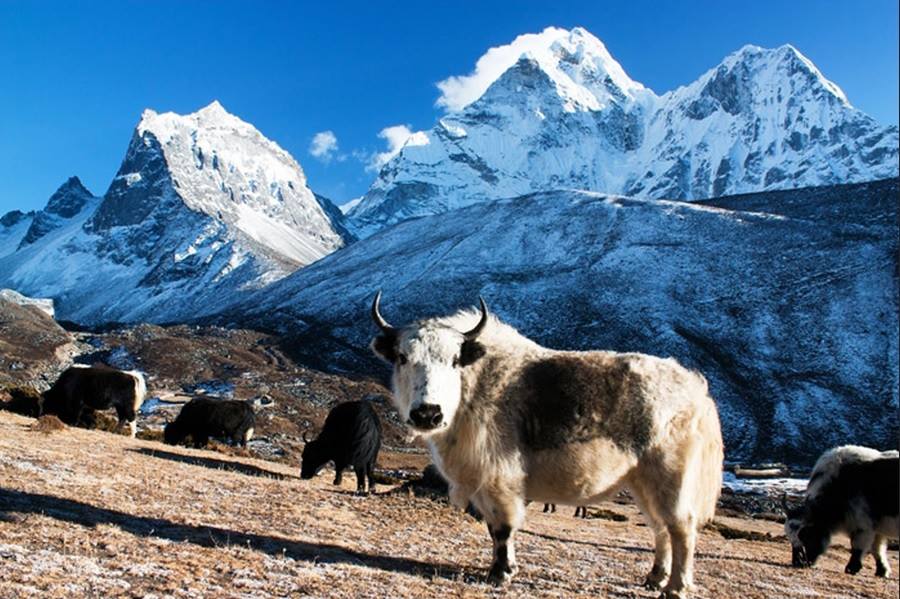
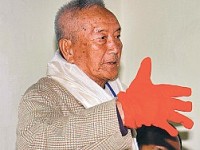
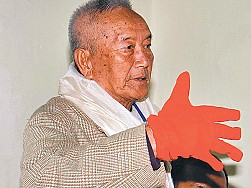 Serchan is heading to Lukla from
Serchan is heading to Lukla from 
